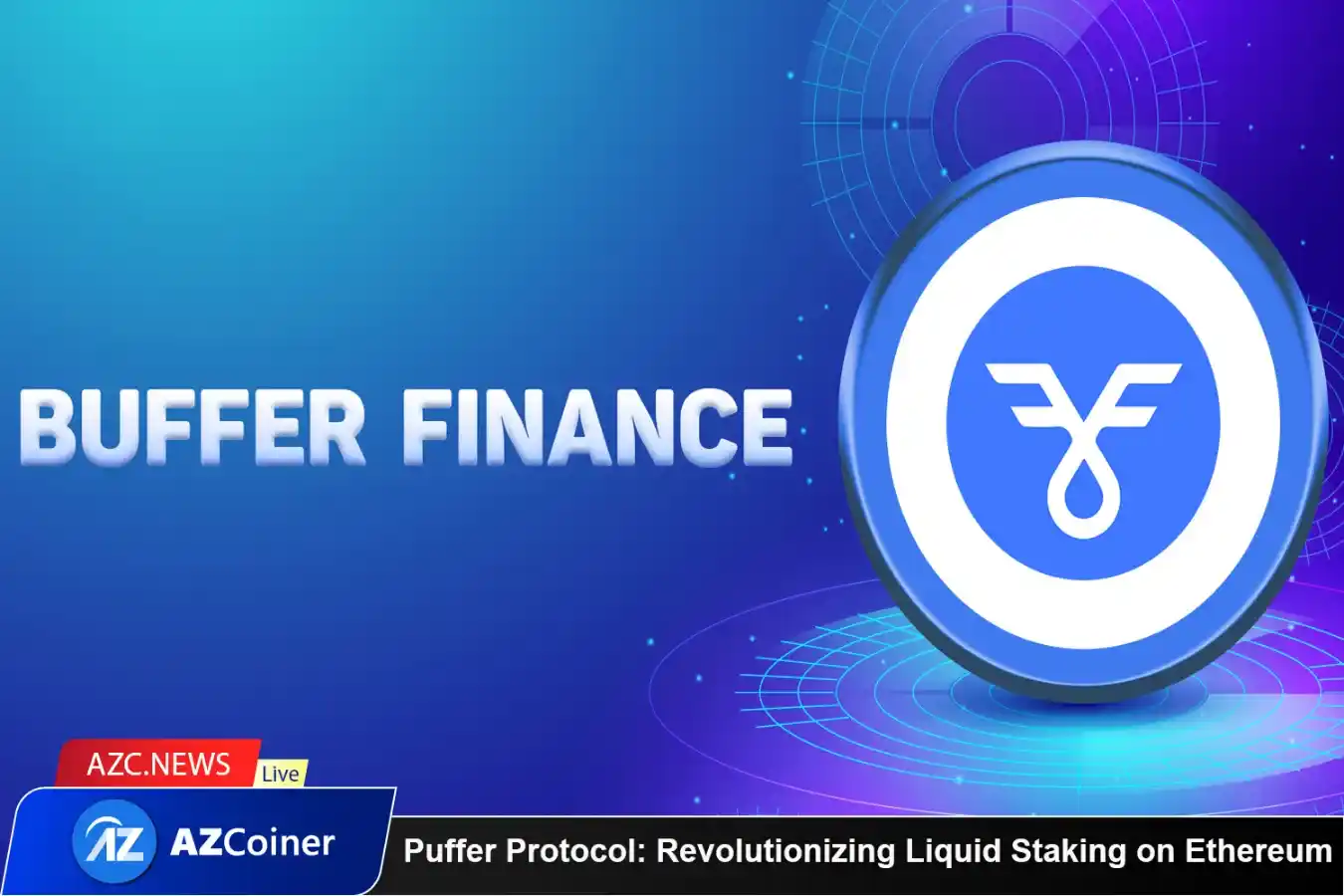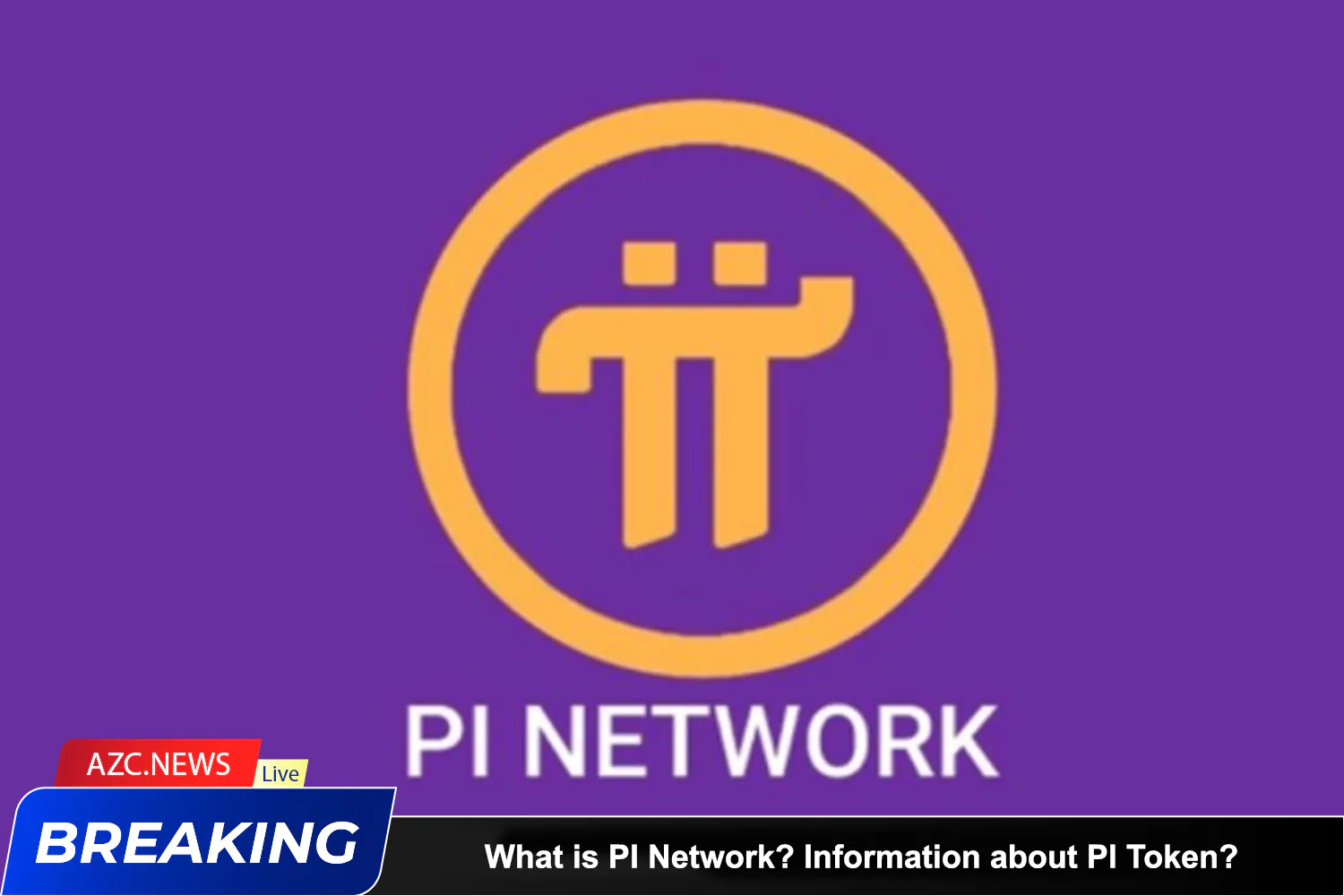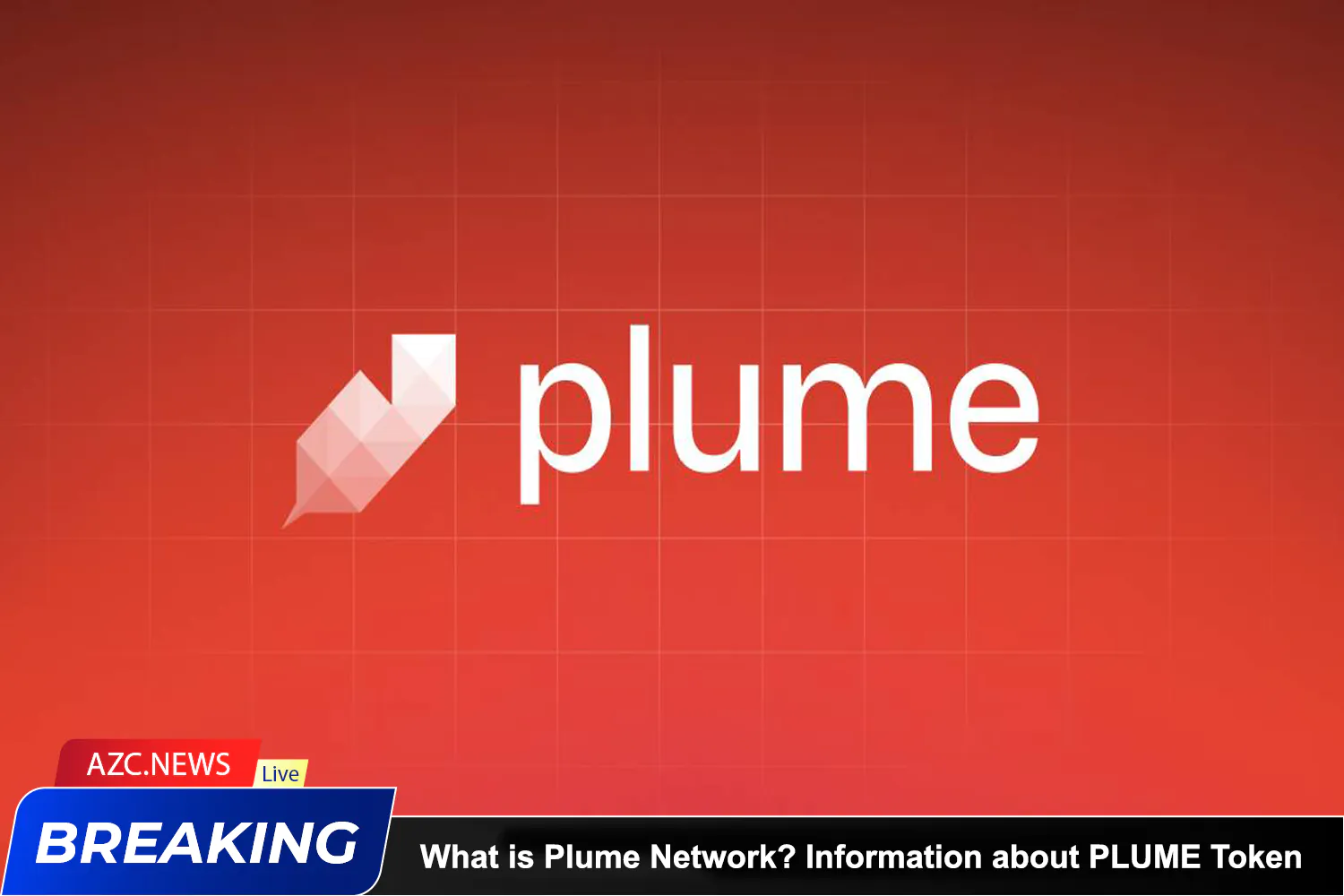What is Puffer Protocol?
Puffer Protocol is a cutting-edge liquid staking protocol that grants node operators permissionless access to deploy an Ethereum PoS validator. Puffer nodes can restake to operate on Eigenlayer’s AVSs. Puffers are users staking ETH for pufETH LST, expected to appreciate over time as Puffer accumulates rewards from validation and restaking.
Puffer Finance provides numerous benefits, including enhanced hardware performance, improved capital efficiency, and increased profitability for those deploying a Node. Utilizing Secure Signer and RAVe technologies, Puffer Finance stands out in operating a full Node on Ethereum, ensuring maximum security, profit maximization, and minimizing issues related to slashing.
The PUFI token is used to govern the protocol through voting in the Puffer DAO. Important tasks include approving AVSs for Puffer nodes and deciding the allocation of the protocol’s ETH treasury to Economic Security as a Service (ESaaS) partners.
How Puffer Protocol Works
-
Stake: Stake any amount of ETH to receive pufETH, Puffer’s native Liquid Restaking Token (nLRT).
-
Earn: Safely earn rewards thanks to Puffer’s anti-slashing technology supported by funding from the Ethereum Foundation.
-
Boost: Enhance your Ethereum PoS and restaking rewards by leveraging pufETH in DeFi.
Puffer Protocol Technologies
Secure Signer
Secure Signer is a technology utilized during the Ethereum staking process to safeguard the private keys of validators. This technology employs a hardware device to store and sign transactions with private keys. The hardware device is specifically designed to resist both physical and software attacks, ensuring the protection of private keys from potential theft.
To mitigate the risk of theft, Secure-Signer generates and protects all BLS verification keys within its encrypted and unalterable memory. These keys can only be accessed during runtime and remain encrypted when inactive, making them inaccessible to the node unless used for signing non-slashable block proposals or attestations.
RAVe (Remote Attestation Verification)
RAVe is a technology employed in Ethereum PoS to ensure that validators are authentically validating transactions. This technology operates by utilizing a network of remote verification partners to verify statements made by validators.
The purpose of RAVe is to enable a smart contract running in a secure enclave. This is an extremely crucial principle in blockchains to enhance security, performance, and scalability.
Token Overview
Updating…
Development Roadmap
The project is preparing to enter the testnet phase.
Development Team Puffer Protocol
Amir Forouzani: Co-Founder & CEO
Amir holds a Bachelor’s degree in Applied Science (BASc.) from Monash University. Subsequently, he pursued a Bachelor’s degree in Science at the University of California and a Master’s degree in Science at the University of Southern California. During the highlight of his career, Amir worked at NASA for approximately 3 years.
Jason Vranek: Co-Founder & CTO
Jason has earned a Bachelor’s degree in Computer Science, a Master’s degree in Computer Science and Engineering, and a Ph.D. in Computer Science and Engineering from the University of California. While Jason has limited work experience, with only a 2-month stint at Chainlink Labs, he has primarily dedicated his time to academic pursuits at his alma mater, serving as a teaching assistant, tutor, and programmer.
Related: What is Renzo Protocol? LRT Project on EigenLayer
Investors and Partners
Puffer has successfully raised funds in three rounds, accumulating a total of 6 million USD. Notable investors include Jump Crypto, IoTeX, Arcanum Capital, and the Ethereum Foundation.
Project Information Channels
-
Website : https://www.puffer.fi/
-
Twitter: https://twitter.com/Puffer_Finance
-
Telegram: https://t.me/puffer_fi
-
Discord: https://discord.com/invite/pufferfi








Thanks for sharing. I read many of your blog posts, cool, your blog is very good.